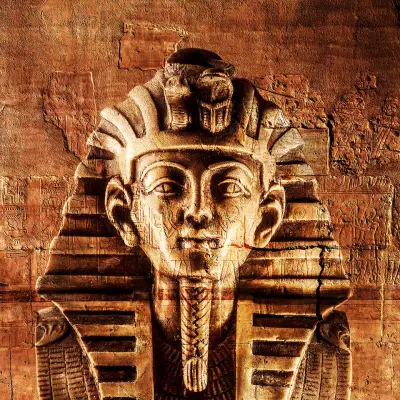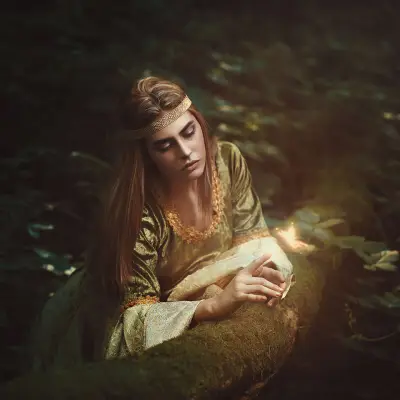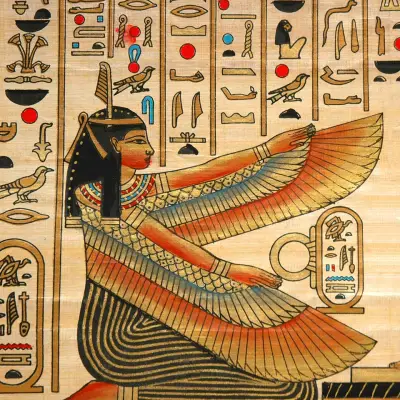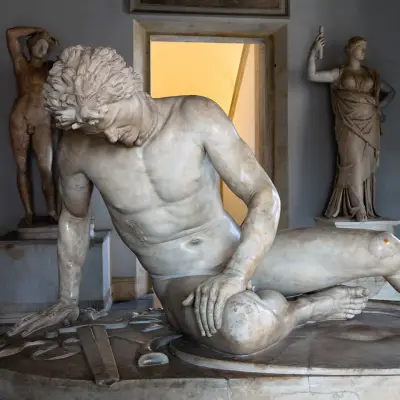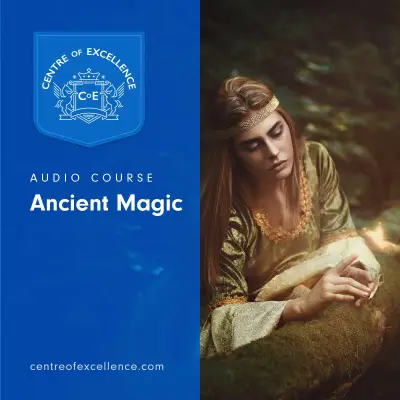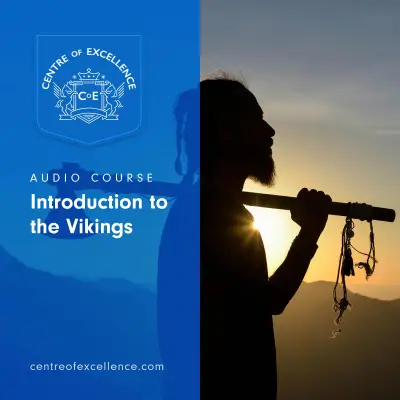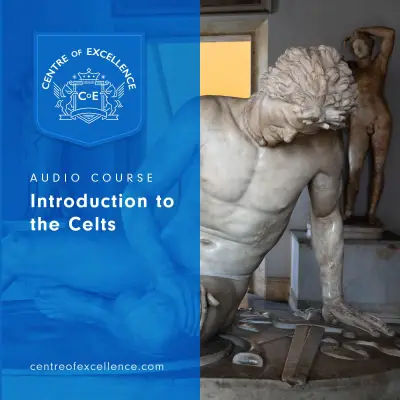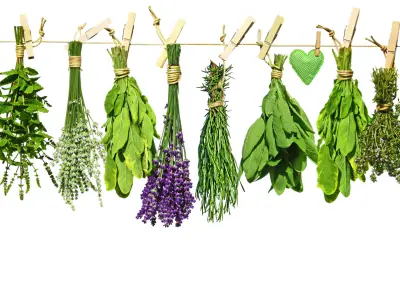Matsuri festivals are a key part of Japanese culture, offering locals and visitors a unique opportunity to experience the country’s rich heritage. From vibrant customs and colourful floats to the lively party atmosphere, these celebrations are full of excitement and meaning.
In this guide, we’ll uncover the true essence of matsuri, highlight some of the most iconic festivals, and explore the stories that make them so unforgettable.
Jump to:
- What is Matsuri in Japan?
- What is the Most Famous Matsuri in Japan?
- The Seasons of Matsuri: A Year-Round Celebration
- What Are the Rituals of Matsuri?
- Three Parts of a Matsuri
- Why is Matsuri so Important?
- How can I experience a Matsuri in Japan?
- Frequently Asked Questions
- Study Our Japanese History and Culture Diploma for £29
Recommended for you!
Best SellersWhat is Matsuri in Japan?
Matsuri (祭り) means "festival" in Japanese. It’s a time when communities come together to honour deities, seasons, and historical events through various rituals, performances, and parades. Traditionally, matsuri are held to give thanks for good harvests, pay respects to spirits, and to pray for protection from natural disasters.
The concept of matsuri is deeply rooted in Shintoism, the indigenous religion of Japan. It’s a way for people to express gratitude and connect with their spiritual beliefs. While the specific meaning and traditions may differ depending on the region and the festival, the main idea is a joyful gathering that brings people together in the spirit of celebration and community.
What is the Most Famous Matsuri in Japan?
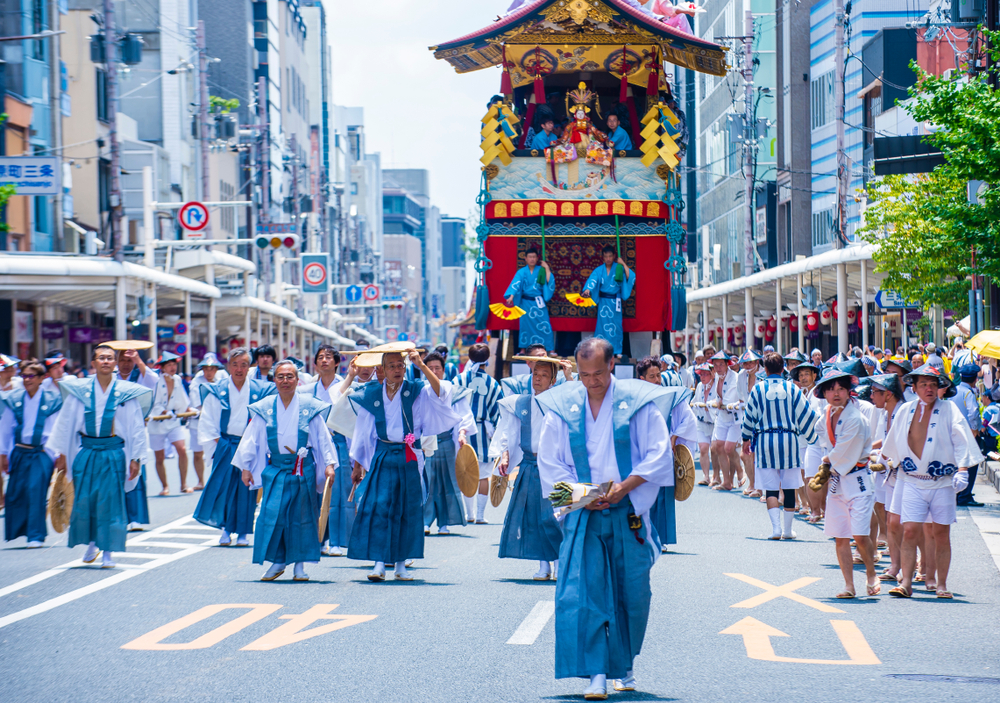
Japan is home to hundreds of matsuri festivals, each with its own unique customs and significance. However, a few stand out as particularly well-known both in Japan and internationally.
1. Gion Matsuri
Held every July in Kyoto, Gion Matsuri is one of the most famous and largest festivals in Japan. It has a history dating back over 1,000 years and is dedicated to appeasing the gods of Yasaka Shrine, believed to protect the city from plague and other misfortunes. The festival is best known for its grand procession of floats, known as yamaboko, which are intricately decorated and pulled through the streets of Kyoto.
2. Awa Odori
Held annually in Tokushima Prefecture during August, the Awa Odori is one of Japan’s most lively and exciting traditional dances. People of all ages participate in the Bon Odori (traditional dance), wearing colourful yukata (summer kimonos). The cheerful atmosphere and infectious energy make it a popular event for both locals and tourists.
3. Nebuta Matsuri
Held in Aomori during August, Nebuta Matsuri is another spectacular festival famous for its vibrant floats. The floats, which are large, illuminated, and feature beautifully painted figures from Japanese mythology, are carried through the streets by teams of people chanting and singing.
These three festivals are just a glimpse into the rich world of matsuri. While some are specific to certain regions, others are celebrated nationwide, allowing everyone to partake in the excitement.
The Seasons of Matsuri: A Year-Round Celebration
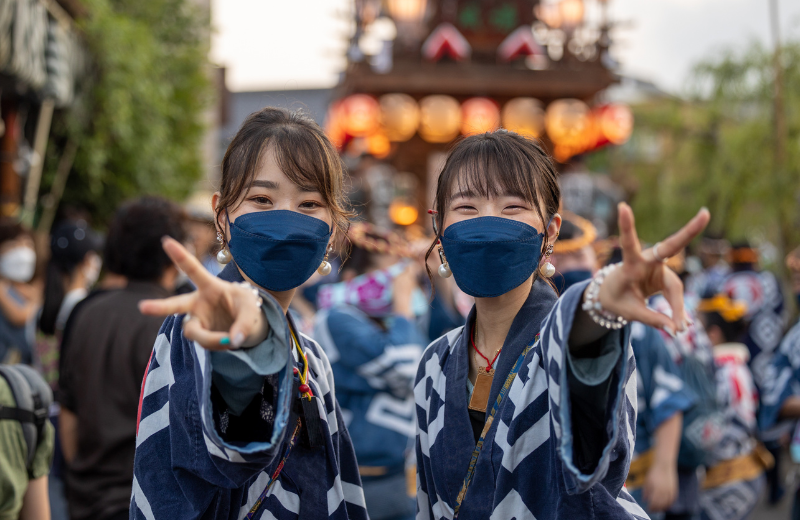
One of the great things about matsuri is that there’s always something happening no matter when you visit Japan. There are matsuri festivals throughout the year, celebrating different seasons, holidays, and cultural milestones.
Spring
In the spring, the most well-known festival is Hina Matsuri (Doll Festival), celebrated on March 3rd. This festival honours young girls and wishes for their happiness and prosperity. It’s marked by the display of hina dolls, which are dressed in traditional court attire. Families with daughters display these dolls in their homes, and sometimes participate in a ceremonial meal.
Summer
Summer is when Japan’s most famous matsuri take place. Gion Matsuri in Kyoto is one of the highlights of the season, but there are many others, such as the aforementioned Awa Odori and Nebuta Matsuri. These festivals typically feature energetic dance, grand parades, and fireworks.
Autumn
The autumn months bring festivals like the Koshi Matsuri (a harvest festival) and the Tori-no-Ichi, which celebrates the harvest and prays for prosperity. Autumn matsuri are often linked to giving thanks for the harvest and preparing for the cold winter months.
Winter
Winter matsuri are less common, but they do occur, with one of the most famous being Yuki Matsuri (Snow Festival) in Sapporo, held in February. This festival is known for its incredible snow and ice sculptures, drawing millions of visitors every year.
What Are the Rituals of Matsuri?
Matsuri festivals often involve various rituals, each carrying their own significance. While the specifics can vary, here are some common elements you’ll find in many matsuri:
- Processions and Parades: Many matsuri feature grand parades, with groups of people carrying large, decorated floats. These floats often represent gods or significant historical figures.
- Traditional Dances: At the heart of many matsuri is a traditional dance. People gather to perform these dances in the streets, and often visitors are encouraged to join in.
- Offerings and Prayers: Matsuri often involve rituals to honour gods or spirits. Offerings such as food, sake, or symbolic items are given to shrines or deities as a gesture of thanks or prayer.
- Fireworks: Many summer matsuri feature stunning fireworks displays. The fireworks symbolise the clearing of evil spirits and the bringing of good luck.
Three Parts of a Matsuri
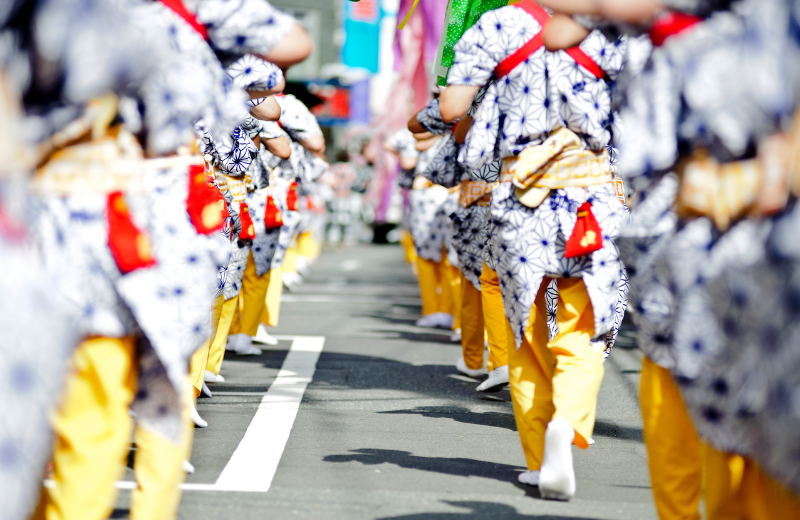
Matsuri festivals can be broken down into three parts:
1. The Shinto Ritual
Most matsuri are connected to Shinto beliefs, with ceremonies held at local shrines to honour the deities or spirits of the area. These rituals often include prayers for good health, a good harvest, and protection from disasters.
2. The Procession
The festival’s most visual element is the procession of floats or people. This is when the excitement and colour come alive as decorated floats, often carrying shrines or religious symbols, are paraded through the streets.
3. Celebration and Community Involvement
The final part of the matsuri is about community. The festival is a time for people to come together, whether it’s for food, music, dancing, or simply enjoying the festive atmosphere.
Why is Matsuri so Important?
Matsuri serves as an essential cultural practice, and its importance can be seen in:
- Cultural Preservation: Matsuri is a means for younger generations to learn about and continue traditional Japanese customs.
- Community Bonding: Matsuri brings communities together, providing a chance for people to work together and celebrate their shared heritage.
- Spiritual Connection: For many people, matsuri offer a chance to connect with the spiritual world, as these festivals often involve prayers and rituals dedicated to deities and spirits.
- National Pride: Some matsuri are so iconic that they have become part of Japan’s national identity, drawing visitors from around the world and showcasing Japan’s unique traditions.
How can I experience a Matsuri in Japan?
If you plan to experience a matsuri in Japan, timing is key. Many matsuri are tied to specific dates or seasons, so it’s important to research the schedule before your trip.
Once you arrive, you can participate in the festivities by watching the processions, enjoying the food stalls, or joining in on the traditional dances.
Matsuri are also a great opportunity to explore local culture and engage with Japanese people, who often welcome visitors to enjoy the celebrations alongside them.
Recommended for you!
Best SellersFrequently Asked Questions
What is a Matsuri float?
A matsuri float, or yamaboko, is a large, elaborately decorated vehicle used in many matsuri festivals to carry sacred objects, shrines, or effigies of gods. These floats are often adorned with intricate artwork, cloth, and flowers, and are carried through the streets during the procession. They are symbolic of the festival’s connection to the spiritual world.
What is a Drift Matsuri?
A drift matsuri refers to a unique type of matsuri in Japan, where participants take part in drifting competitions, showcasing their driving skills in controlled environments. These events are not traditional religious festivals but are modern-day celebrations that combine car culture with the excitement of matsuri.
Is Matsuri a Buddhist holiday?
While some matsuri may be connected to Buddhist practices, the majority are linked to Shinto rituals and the worship of kami (gods or spirits). Matsuri are not specifically Buddhist holidays, though they may coincide with Buddhist celebrations in some regions.
What do people wear during Matsuri?
During matsuri, people often wear traditional clothing such as yukata (summer kimono), hachimaki (headbands), and geta (wooden sandals). These outfits help participants feel connected to the cultural and spiritual significance of the festival. In some matsuri, people may also wear costumes or uniforms related to the specific festival, such as those worn by dancers or participants in the float processions.
What is the significance of fireworks during Matsuri?
Fireworks are a major feature of many summer matsuri, particularly in festivals like the Sumida River Fireworks Festival in Tokyo. Fireworks symbolise the clearing away of evil spirits and the ushering in of good fortune. They also add a sense of spectacle and excitement, making the festive atmosphere even more memorable.
Are there any Matsuri festivals outside of Japan?
Matsuri festivals have become popular in other parts of the world, particularly in cities with large Japanese communities. For example, London hosts the Japan Matsuri, a celebration of Japanese culture featuring food, performances, and traditional activities. These international matsuri offer a taste of Japan’s cultural heritage for those unable to travel to Japan itself.
Study Our Japanese History and Culture Diploma for £29
If this topic has inspired you to explore more about Japan’s traditions, stories, and way of life, you can continue your learning with the Introduction to Japanese History & Culture Diploma Course from Centre of Excellence. It’s designed for curious learners of all backgrounds and offers rich insights into the customs and beliefs that shape Japan.
